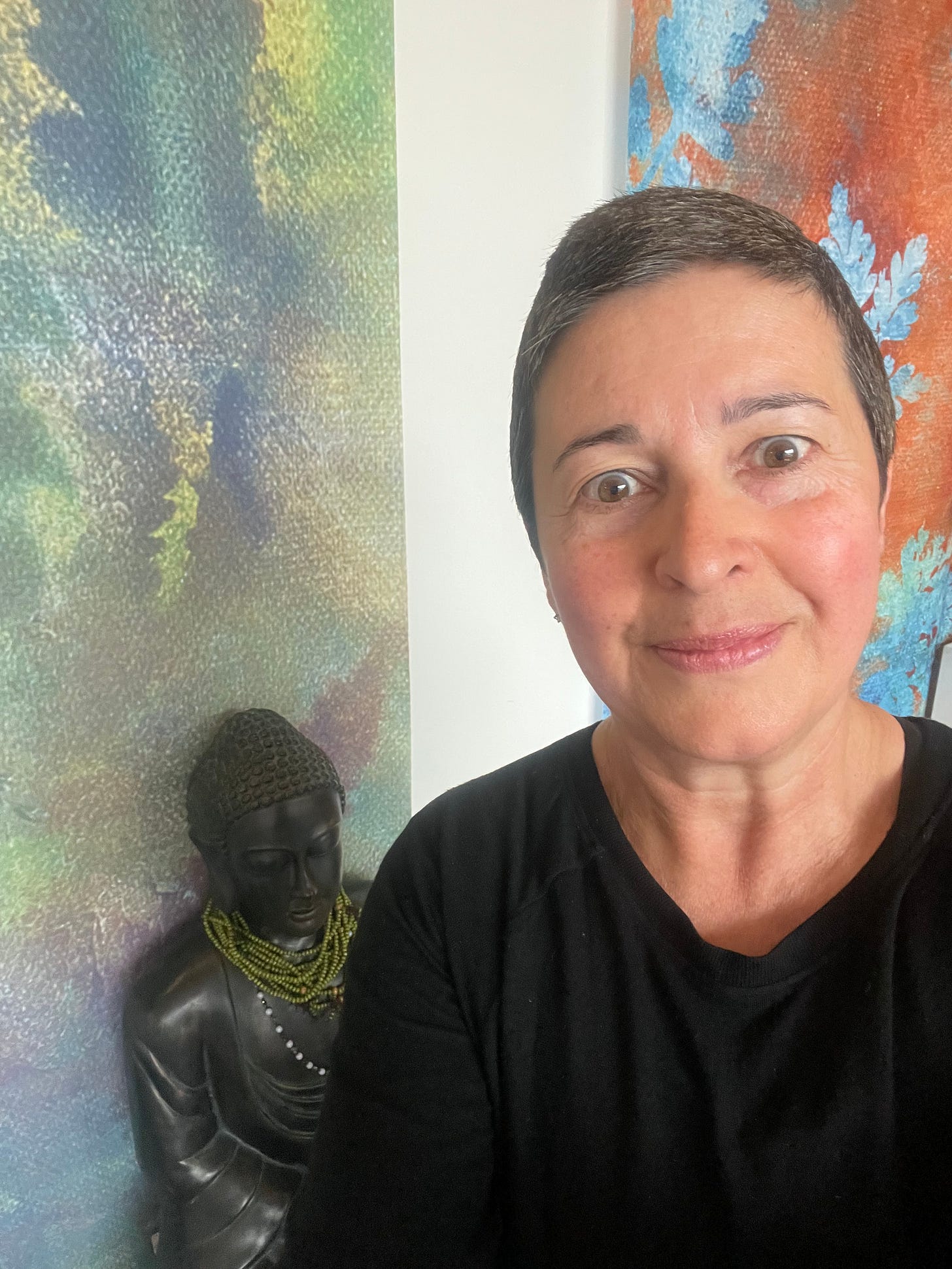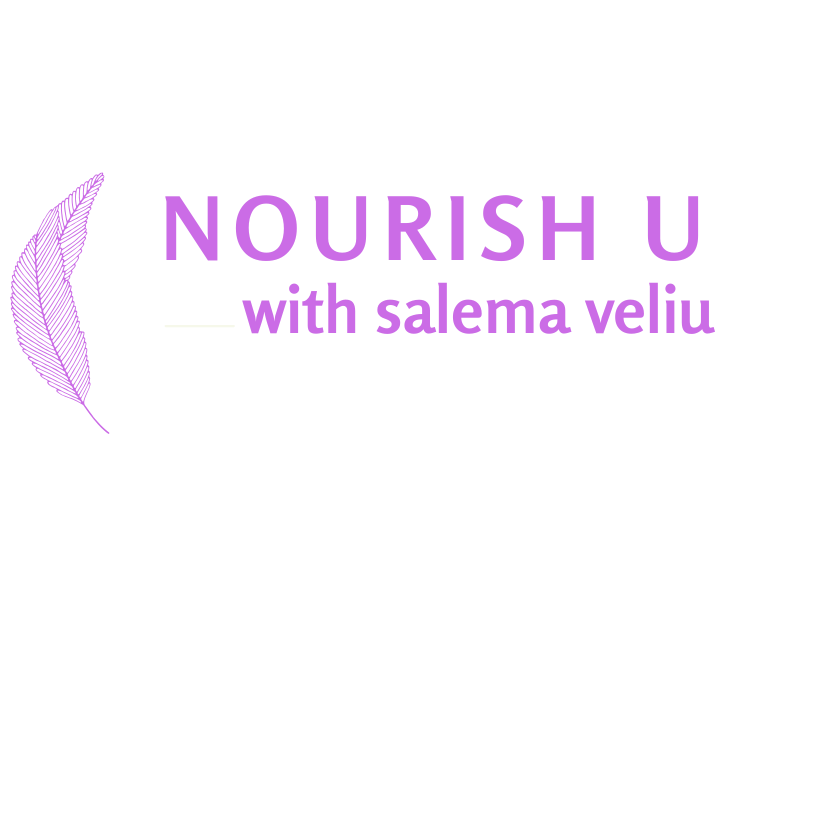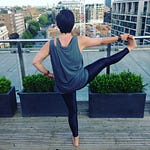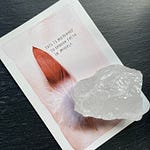this weeks invitation and enquiry
confidence VS bravado the difference
embody confidence through Zen, brain, and muscle
journaling prompts to meet challenge and cultivate confidence honestly
a Zen Practice: “Returning to Centre” A Confidence 5 Step Cultivation Sit
Let’s start this weeks podcast and post with the main enquiry ‘How do you wear confidence?’
I’ve been thinking and asking myself this question a lot lately, as l think our perception of confidence changes with age. As over the past few weeks, l’ve come to realise that Confidence isn’t quite what l thought it was. It’s not about trying to be the best or shout from the roof tops, have the perfect post and/or body and face. But instead for me it is about welcoming in an type of soft anchoring. Coming from a quiet, rooted place of knowing that’s less about being “better” and more about feeling connected—to my breath, my strength, my purpose. A reflection from the Japanese concept of “gambaru” which loosely means “to do one’s best with quiet determination.” No drama. No ego. Just presence in effort.
Confidence is not something that we’re born with, it’s something we rebuild, reshape, and re-embody through our various life experiences. Something l’ve personally experienced over past five years with changes in health, loss, and uncertainty. As we delve deeper into the element of Confidence from both a scientific and Zen perspective, we begin to realise that challenge isn’t something to avoid—but it’s the very terrain where confidence is forged.
Losing confidence during the second half of the pandemic. Not all at once—but slowly. It slipped away through the cracks of long quiet spells, and the weight of uncertainty. Teaching, creating, even trusting my body—it all felt far away until recently, when I took the conscious choice to step back in once again. To retrain, to move differently, to begin again with fresh eyes and an open heart. Yoga, Pilates, Zen, and the deep anatomy work I’ve studied and continue to study have become my home base, my anchor.
Challenging myself mentally and physically through retraining in a new discipline has reignited something I hadn’t felt in a while. That spark. That sense of direction and it feels great, even through l don’t quite know where it will take me? But the version of me who loved teaching, creating, and running her own thing is remerging not quite in the same form, but with more depth, more softness, more strength.
Pilates, structure, Zen, movement—it's all helping me remember who I am.
Sometimes rebuilding confidence looks like learning something new… and realising you’re not starting over but returning home.
But what does confidence look like in our brains?
Well our brains are designed to adapt. Neuroplasticity after all is the brain’s ability to rewire itself based on experience. When we face a challenge whether physical, emotional, or mental, our nervous system is activated. If we meet that challenge with conscious effort, focused attention, and rest afterward, the brain begins to encode that experience as resilience. Confidence then isn’t just a feeling but a chemical process. It’s biology in motion, a dance between belief and the body, shaped not only by past experiences but by what we choose to do with the present moment.
At the heart of it? Your brain’s reward system.
The brain’s reward circuitry, primarily involving the dopaminergic system, plays a central role in motivation, learning, and yes confidence. When you face a challenge and follow through, especially something just outside your comfort zone, your brain releases dopamine a feel-good neurotransmitter that reinforces the behaviour.
Each time you complete something difficult, the brain registers it as a “win.” Even small victories like mastering a new Pilates move, holding a posture longer, or showing up for your practice when you didn’t want to light up the mesolimbic pathway, telling your brain:
That felt good. Let’s do that again.
Over time, these micro-rewards begin to reshape your internal narrative.
Not just I can do hard things, but I want to keep growing.
Interestingly, this echoes what the brain craves:
Consistent, meaningful effort → reward → reinforcement.
The result? A felt sense of confidence that’s less about being “better” and more about feeling connected—to your breath, your strength, your purpose.
Embodied Confidence: Why Movement Matters
Physical movement especially structured, mindful movement like pilates or yoga is particularly effective at activating this system. But why? Well because it pairs mental challenge (focus, coordination, breath control) with physical effort (strength, endurance, precision). This integrated experience creates a potent feedback loop between mind, muscle, and mood.
When you rise to meet a challenge physically, the brain responds as if you’ve done something meaningful (because you have). This not only boosts dopamine but also builds trust between you and your body, between you and your capacity.
This is especially relevant in any movement we undertake. Challenging the body with mindful stress like strength work, Pilates, or complex motor patterns helps reorganise not just muscle but also our sense of self. With each small success, the body sends a feedback loop to the brain: You did that. Confidence begins to rebuild from the ground up.
The Zen Colour of Confidence
In the Zen tradition, colour is approached with intentional simplicity—each hue chosen not for decoration, but for its energetic essence and meditative effect. Historically, Zen temples favoured natural tones: earthy browns, soft greys, indigo blues, and muted whites, reflecting the impermanence and humility central to Zen. These colours calm the nervous system, support stillness, and mirror the subtlety of the natural world. In colour psychology, these tones encourage introspection, stability, and grounded awareness—qualities deeply aligned with the Zen ideal of wabi-sabi, the quiet beauty found in imperfection and transience.
Shades of blue generally supports trust, darker blues especially promote confidence from a colour psychology perspective.
Zen: Effort Without Clinging
In Zen, we are taught to meet the moment as it is without attachment to outcomes. This doesn’t mean we don’t try, but rather that we engage fully and release the need for control. Dōgen Zenji wrote, “To study the self is to forget the self.” When we approach challenge from a Zen lens, it becomes less about winning and more about witnessing.
What am I learning here?
How can I move with what’s arising instead of fighting it?
This presence-oriented approach softens the ego’s grip and allows us to move through difficult terrain with more grace. Confidence, then, isn’t about feeling bulletproof it’s about staying connected, moment by moment, no matter what’s unfolding.
From a Zen perspective, confidence doesn’t come from external validation—it’s a quiet, rooted knowing. In Japanese, the concept of “gambaru” loosely means “to do one’s best with quiet determination.” No drama. No ego. Just presence in effort.
The Integration and Practical Application of
When science meets stillness, and movement meets mindfulness, confidence becomes a practice rather than a fixed state. It’s rebuilt through the body through breath, through effort, through pause. Through showing up again and again, even when unsure.
It’s in the shaking legs during a Pilates hold.
The quiet mind after a meditation sit.
The decision to begin again, even when it’s hard.
Confidence doesn’t always roar. Sometimes, it’s just a whisper: Keep going. You’re doing it.
Journaling Prompt: Meeting Challenge Honestly
Carve out 10 minutes, and reflect with honesty and compassion:
Find a quiet space and take a few deep breaths. With pen and paper, explore the following:
Where in my life do I feel unsure or disconnected from my inner strength?
What small challenge am I currently facing that I could meet with more presence?
What part of me already knows how to begin again?
Let the pen be your mirror.
Where in my life am I meeting resistance or self-doubt right now?
What would it look like to meet this challenge with curiosity, rather than fear?
Can I recall a time I did something hard and came through stronger? What did I learn?
Let the words flow. No need to fix—just observe.
Zen Practice: “Returning to Centre” — A Confidence a 5 Step Cultivation Sit
Duration: 10–15 minutes | Best done seated in stillness
1. Settle the Body
Sit comfortably on a cushion or chair.
Spine upright, shoulders relaxed.
Let your hands rest softly in your lap or on your thighs.
Gently close your eyes or lower your gaze.
Take 5 slow breaths. Feel yourself arrive.
2. Anchor the Mind with Breath + Mantra
Inhale: I am here
Exhale: I am ready
Repeat this silently for 3–5 minutes, letting the rhythm of breath and mantra begin to stabilise the mind. Feel the inhale gather presence, the exhale soften resistance.
3. Gathā for Confidence
Now, introduce this short Zen gathā (a poetic verse) to work with in your sit:
With each breath, I return to my true ground.
Nothing to prove.
Only to be.
Repeat this softly within, letting the words settle into your body. You might sync them with your breath, or let them drift in and out like waves.
4. Inquiry in Stillness (Optional for last 2–3 minutes)
As you sit in silence, ask yourself gently:
Where in my life do I feel disconnected from my confidence?
What part of me already knows how to begin again?
Don’t force answers—just let the questions echo. Confidence in Zen isn’t bravado—it’s the quiet clarity of knowing you’re already enough.
5. Close with a Mudra
Bring one hand to the heart, the other to the belly. Bow your chin slightly.
Whisper to yourself:
“I trust in the return.”
The Takeaway
Confidence isn’t a fixed trait. It’s a process your brain and body want you to lean into. Each time we allow ourselves to be challenged and follow through, we’re not just pushing limits we’re rewiring our sense of self.
So whether it’s through mindful movement, deep rest, or showing up for that small promise you made to yourself today—know this:
Your reward system is watching. And it loves a comeback.
Confidence is not a pose we strike—it’s a process of remembering. Through breath, movement, and self-inquiry, we rebuild it, piece by piece, with presence and compassion.















Share this post